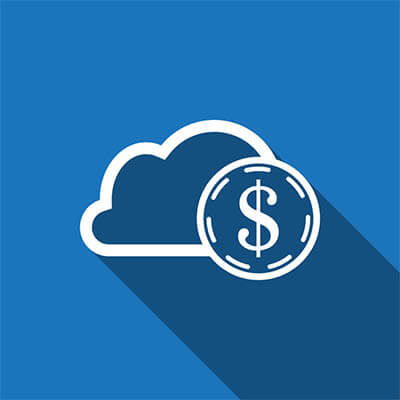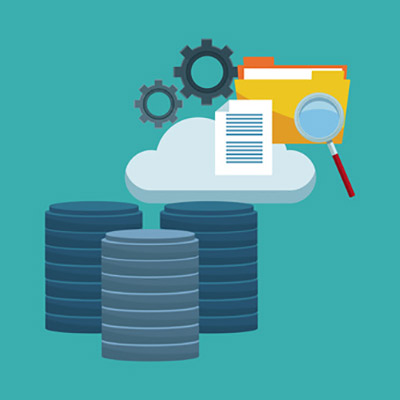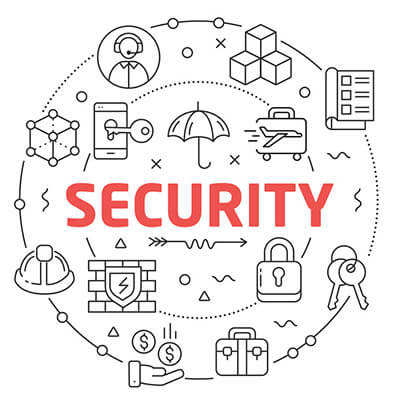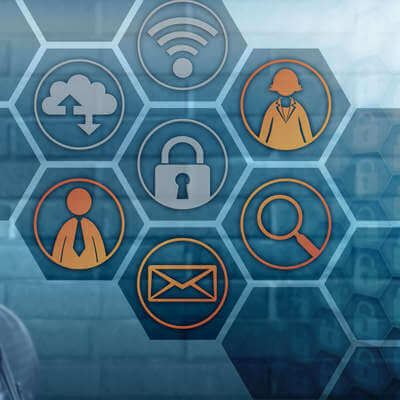If you use almost any Apple products, you’ll want to check for and apply an update that will prevent your devices from being spied on. Apple has just issued an emergency software update for a critical vulnerability that was recently discovered. The new updates were pushed out on Monday, September 13th, 2021, and include a major security fix for the Apple iPhone, Apple iPad, Apple Watch, and Apple Mac computers and laptops. The vulnerability is a very serious one known as a “zero click remote exploit.” It allows invasive spyware to infect any of these devices without any sort of end-user action. Whereas the majority of malware requires the user to download something, click on a fraudulent link, join an unsecure network, or hand over a password, this new breed of malware can infect most Apple devices without a single click. Security researchers have traced the spyware back to Israel’s NSO Group, a technology firm that develops remote surveillance spyware. The spyware, called Pegasus, can be deployed to any Apple iPhone, iPad, Apple Watch, or Mac without the user being aware of it, and can allow both governments or criminals to turn on your camera and microphone, record messages, texts, emails, and calls, even if you are using encrypted services. It’s essentially giving the cybercriminal full control over your device without you knowing it. How to Check If You’ve Been Infected by the Pegasus Zero-Click Spyware Here’s the worst part—you’ll never know if you have this on your phone or device. If the spyware is on your device, it’s virtually invisible to you. You won’t see the typical tell-tale signs of an infection, such as strange text messages, suspicious links, or any other notification. It’s simply there, possibly running at any given moment, recording what you are doing and sending everything to NSO Group and their clients. If that’s not bad enough, security researchers believe that this spyware has been around since at least March of 2021, and with more than 1.65 billion Apple products on the market today… Let’s just say we should all be taking this very seriously. Update Your Apple Devices Right Now: Here’s How to Do It Apple iPhone and iPad Before you update, back up your device using iCloud or your computer. Plug your device into power and make sure you are connected to the Internet with Wi-Fi. Go to Settings > General, then tap Software Update. Tap Install Now. If you see Download and Install instead, tap it to download the update, enter your passcode, then tap Install Now. Apple macOS on a Mac Computer Go to the Apple menu in the corner of your screen. Choose System Preferences. Click Software Update. Click Update Now or Upgrade Now. Repeat this process in case further updates are available. For more information, check out Apple’s Update documentation. Apple Watch Connect your Apple Watch to Wi-Fi. Ensure that your watch is at least 50% charged, or plug it in to power. You’ll want to make sure your iPhone is running the latest version of iOS. On your iPhone, open the Watch app and tap My Watch. Tap General > Software Update. Download the update. Wait for the progress wheel to appear on your Apple Watch. It could take […]
You might be asking ‘Do You Need IT Support for Your Small Business?’ Well, does your small business use some kind of technology to enhance operations? With all of the great opportunities and convenience that technology offers, it also comes with challenges. IT support can help you make sense of the various issues that come with your online and hardware resources. IT support comes in many forms and with many different costs and other considerations to think about. Here are some key questions you should ask to help you determine the level of tech support that’s right for your business.
The cloud has proven to be an extremely useful tool for the modern business. Not only does it provide anywhere-anytime access to applications, processing, storage, et al; it also delivers those products as a service, allowing you to budget for recurring costs rather than major upfront ones. This provides your organization with functional, supported, and secure computing environments that eliminate a lot of the support costs that traditional computing environments require. It sounds like a perfect scenario for small and large businesses alike, but things aren’t always what they seem, as a lot of cloud users have found that they have incurred several hidden costs by using cloud platforms. Today, we take a look at these hidden costs.
The late American author Kurt Vonnegut once wrote, “New knowledge is the most valuable commodity on earth. The more truth we have to work with, the richer we become.” Written in the 20th century, it has been put in practice by 21st century businesses. As the Internet has grown, the amount of companies expanded, and the amount of data that those companies collect has grown exponentially, especially now that there is a market for such data.
The password isn’t nearly as secure as it used to be. Hackers have begun to take advantage of extremely powerful solutions designed to brute force their way into accounts by using software to rapidly guessing thousands of passwords per second, making it extraordinarily difficult to prepare yourself for them. What’s the best way to guarantee that passwords aren’t going to be the downfall of your company? A great start is by taking a close look at password best practices and two-factor authentication.
Data security isn’t a matter to be taken lightly, as too many businesses have found out the hard way. Unfortunately, there are far too many simple ways to correct common security issues – enough that it’s foolish not to do so. We’ll review a few ways to fix security issues, after discussing one of, if not the, most egregious security failings in modern history.
Despite what detractors say, regulations are in place for good reason. They typically protect individuals from organizational malfeasance. Many of these regulations are actual laws passed by a governing body and cover the entire spectrum of the issue, not just the data involved. The ones that have data protection regulations written into them mostly deal with the handling and protection of sensitive information. For organizations that work in industries covered by these regulations there are very visible costs that go into compliance. Today, we look at the costs incurred by these organizations as a result of these regulations, and how to ascertain how they affect your business.
There is no question that a small business can benefit from technology, as has been proven time and time again. However, an issue can arise if a business bites off more than it can chew, so to speak, and ultimately creates a spike in costs. A responsible business owner will resist this temptation and prioritize the solutions they need over the ones they want – building profitability and generating capital needed to make other improvements. In this blog, we’ll examine some of the implementations that can deliver a good return on investment to a small business.
Profitability is less the measure of being able to turn a profit, and more the measure of how much profit you can make. For the successful small business, the integration of technology can dictate what kind of annual margins you are looking at. For the new company, however, it can be something even more critical: the difference between setting a course for success, or wallowing in failure. Today we analyze the cost difference between hosting your IT in-house, or choosing to host it in the cloud.
How much does your business rely on technology to keep your organization running forward? As business technology becomes more complex, it’s becoming increasingly popular for organizations to have their own internal IT departments to manage and maintain it. Yet, small businesses don’t often have the necessary funds for such a feat. How can your company afford quality IT service? You can start by pursuing managed IT solutions from a managed service provider.









